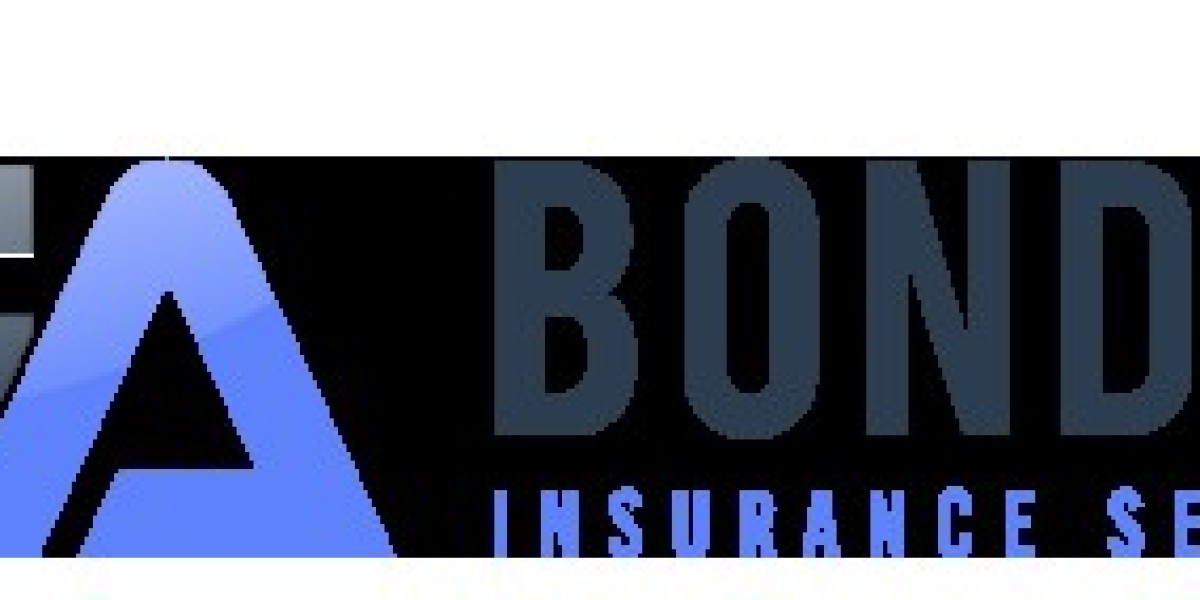What Is the Declaration Page?
Often referred to as the "dec page," the declaration page is typically the first page of your insurance policy. Think of it as a summary or snapshot of your coverage. It outlines key details such as:
The policyholder’s name and address
The policy number
The effective and expiration dates
The insured property or item
Premium amounts
Deductibles
A list of coverages and their limits
This page serves as your go-to reference for verifying that all the critical elements of your insurance are correct. A mistake here—like a misspelled name or incorrect coverage limit—could lead to complications when you file a claim.
The Role of Coverages in an Insurance Policy
The coverages section outlines the protections your policy offers. This is where you'll see what types of losses are covered and up to what amount. Common types of coverages include:
1. Liability Coverage
Protects you if you're responsible for injuries or damages to other people or their property.
2. Comprehensive Coverage
Covers damage to your property not caused by a collision—like theft, fire, or natural disasters.
3. Collision Coverage
Covers damage to your property resulting from a collision with another vehicle or object.
4. Medical Payments or Personal Injury Protection (PIP)
Helps pay for medical expenses for you and your passengers after an accident.
5. Uninsured/Underinsured Motorist Coverage
Protects you if you’re hit by a driver with insufficient or no insurance.
Each of these coverages will have its own limits and sometimes sub-limits, which are all detailed in the declaration and coverages section.
Why the Declaration and Coverages Section Is Crucial
Many policyholders overlook the declaration and coverages portion of their insurance documents, but this is arguably the most important part to understand. Here’s why:
Clarity: It gives you a clear picture of what you’re paying for.
Protection: Ensures you’re adequately protected against likely risks.
Accuracy: Helps identify errors early so they can be corrected before a claim is needed.
Customization: Allows you to see if your coverage matches your lifestyle or business needs.
How to Review Your Declaration and Coverage
To make the most of this section, take the following steps:
Check All Personal Information Ensure your name, address, and other details are accurate.
Verify Effective Dates Know exactly when your coverage starts and ends.
Review Premium and Deductibles Make sure you're comfortable with what you're paying and what you're responsible for out-of-pocket.
Understand Each Coverage Type Don’t just skim—read through each type of coverage and ask your insurer if anything is unclear.
Check Coverage Limits Are your limits adequate for your lifestyle or assets? You may need to increase them for better protection.
Common Mistakes in the Declaration and Coverages Section
Assuming All Risks Are Covered: Just because you have insurance doesn’t mean you’re protected from everything. Always read the exclusions.
Not Updating Information: Life changes—like moving or buying a new car—require updates to your policy.
Underinsuring Property or Liability: Skimping on coverage might save money in the short term, but it can cost you dearly in a claim situation.
Conclusion
The declaration and coverages section of your insurance policy is far more than just paperwork—it’s the blueprint of your financial protection. Taking the time to understand this critical part of your policy can save you time, money, and a great deal of stress down the road. Whether you’re a first-time insurance buyer or looking to update your existing policy, don’t overlook the importance of this section. When in doubt, reach out to your insurance agent or broker for guidance—they’re there to help you make sense of it all.






